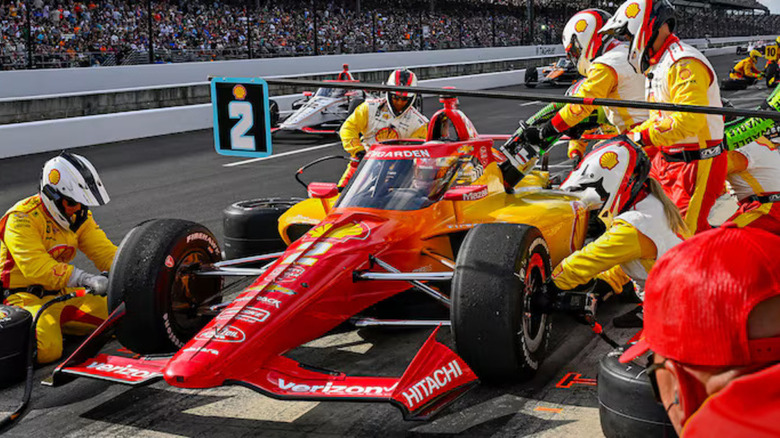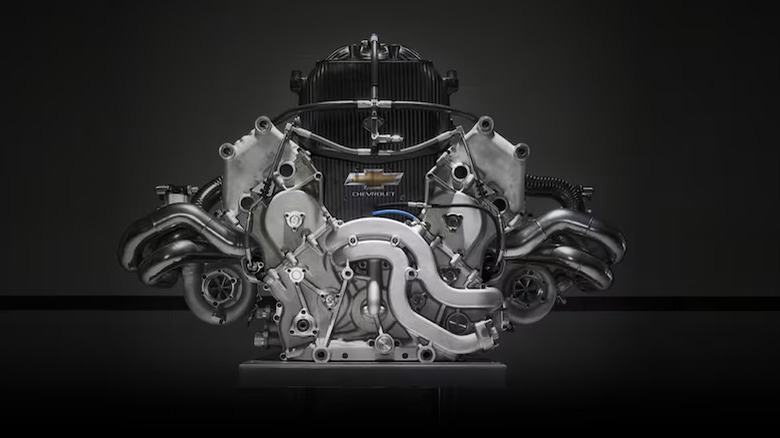Who Makes Ilmor Engines & Does Chevy Still Use Them In Indy Cars?
Chevrolet's success in IndyCar racing from the late 80s to the early 90s is attributable to the founding of the British racing engineering company Ilmor. Established in 1983 by former Cosworth engineers Mario Illien and Paul Morgan, the founding heads of Ilmor Engineering went to Roger Penske to design and build a new breed of turbocharged engines for the IndyCar Series.
Known for his racing exploits and business acumen, Penske agreed to fund the development of Ilmor's new engine in exchange for half of the company's shares. Penske sold 25% of his Ilmor shares to Chevrolet not long after, and this gave Ilmor the necessary funding to complete their first racing engine for General Motors, the Ilmor-Chevrolet 265-A V8.
Four-time Indy champion Al Unser became the first driver to race the new Ilmor-Chevy engine in 1986. By 1987, Mario Andretti took home the checkered flag at Long Beach to score the new engine's first win. The Ilmor-Chevy V8 took home 86 race wins from 1987 to 1993, including five CART championships and six wins at the Indianapolis 500.
Chevy quits and rejoins IndyCar
Despite winning numerous races at IndyCar, the Ilmor-Chevrolet V8 engine failed to score a win during the 1993 season, which led Chevrolet to end its partnership with Ilmor that same year. By 2005, General Motors announced that it would quit the IndyCar Series due to financial constraints.
Meanwhile, Ilmor Engineering forged new partnerships and gained more recognition at IndyCar. The company worked with Mercedes-Benz in 1994 to create the 500I, a 3.4-liter turbocharged methanol-fed V8 motor renowned for being the most potent engine to race the Indy 500. It also worked with Honda Performance Development from 2003 to 2011 to produce over 150 race victories.
GM and Chevy made their IndyCar comeback in 2012, and the American automaker revived its partnership with Ilmor Engineering to create a new 2.2-liter twin-turbocharged IndyCar V6. It has aluminum heads, dual overhead camshafts, and direct injection to produce around 700 horsepower while capable of spinning to a heady 12,200 rpm redline.
The new engine proved highly successful, enabling Chevy and Ilmor to score 64 IndyCar races, six manufacturer's championships, and four driver's championships as of 2020. After multiple delays, the 2024 season marks the hybridization of IndyCar racing with a hybrid system co-developed by Empel, Chevy, and Ilmor. Combined with the 2.2-liter twin-turbo IndyCar V6, the hybrid system enables the powertrain to unleash up to 800 horsepower.

